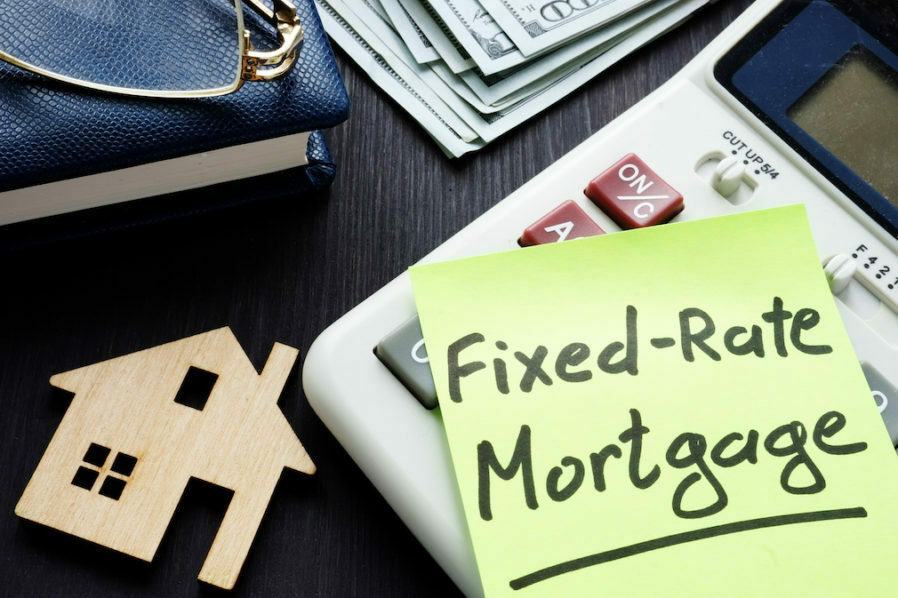Fannie Mae released a forecast on Tuesday that has 30-year fixed mortgage rates falling to an average of 3.5% in the fourth quarter from 3.6% in the current period, which will boost refinancings to a three-year high.
The nation’s biggest mortgage financier said refinancings probably will reach $699 billion in 2019, a 31% jump from 2018. Fannie Mae a month ago projected the average fixed rate would be 3.7% in the fourth quarter and annual refinancing volume would be $638 billion.
“The decline in our mortgage rate forecast since last month led us to revise upward our forecasts of refinance originations in both 2019 and 2020,” Fannie Mae said in a statement. “With rates declining almost an entire percent and a half from the peak last November, fewer homeowners have mortgages at rates lower than current market levels, meaning homeowners are less likely to feel `locked-in’ to their current mortgage.”
The overall view of the economy was pessimistic, even though the U.S. trade war with China hadn’t worsened in the last month.
“Businesses enjoyed at least a temporary respite from further escalation of U.S.-China and other trade disputes, but the month brought both confusion in the U.K. regarding the government’s Brexit plan and renewed evidence that the U.S. manufacturing sector is not immune to the global manufacturing slowdown,” the forecast said. “Perhaps more ominous, the month also brought signs that the resilience of consumer spending may be starting to wear thin, with weak growth in employment and a sharp turn downward in consumer sentiment.”

Fannie Mae lowered its outlook for existing home sales, though not by much. Resales of homes probably will total 5.324 million this year, a drop of 0.3% from 2018. A month ago, the forecast projected a 0.1% decline.
New-home sales got a small upward adjustment. Builders probably will sell 666,000 single-family homes in 2019, a gain of 7.9% from last year. Last month, Fannie Mae said it was expecting 659,000 sales.
“The lack of existing home inventory is supportive of new construction. We continue to expect single-family housing starts to move modestly upward through the remainder of the year, even as builders continue to face labor and land constraints,” the forecast said.




